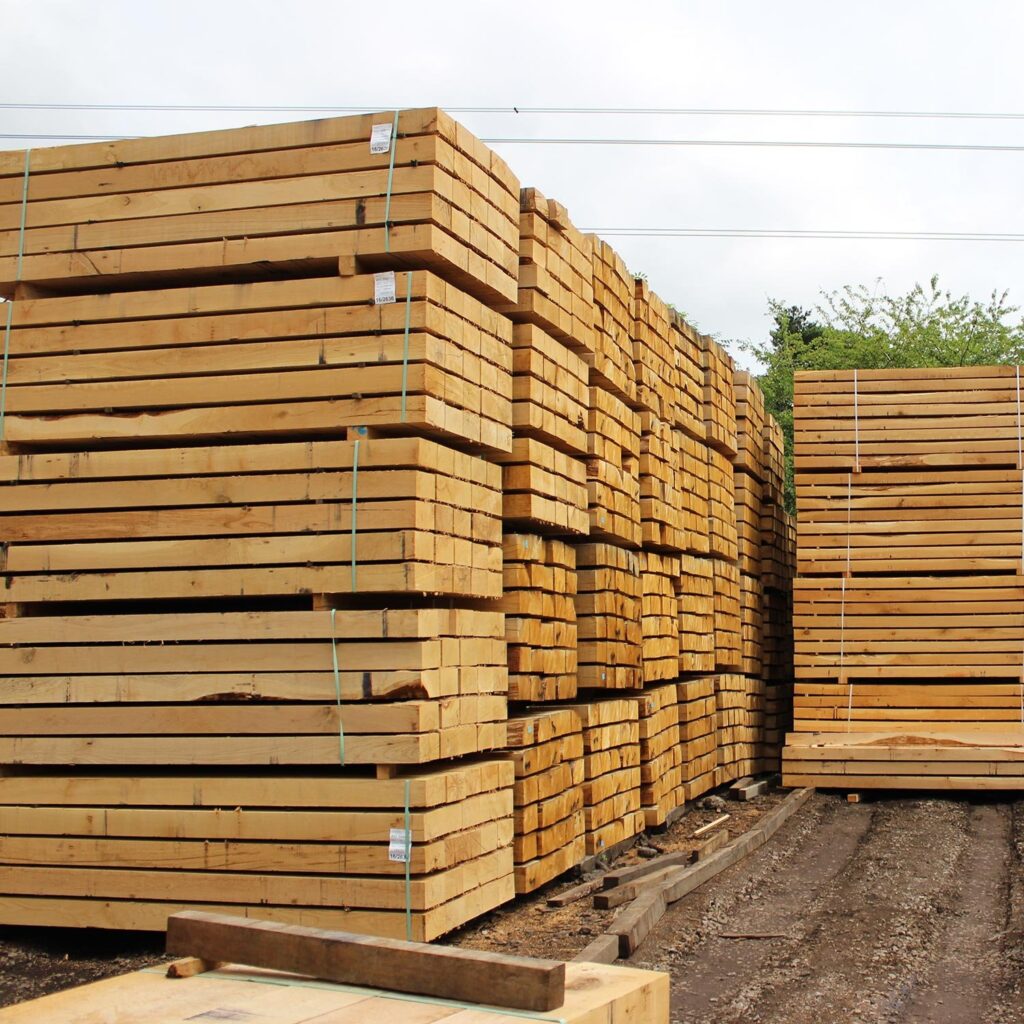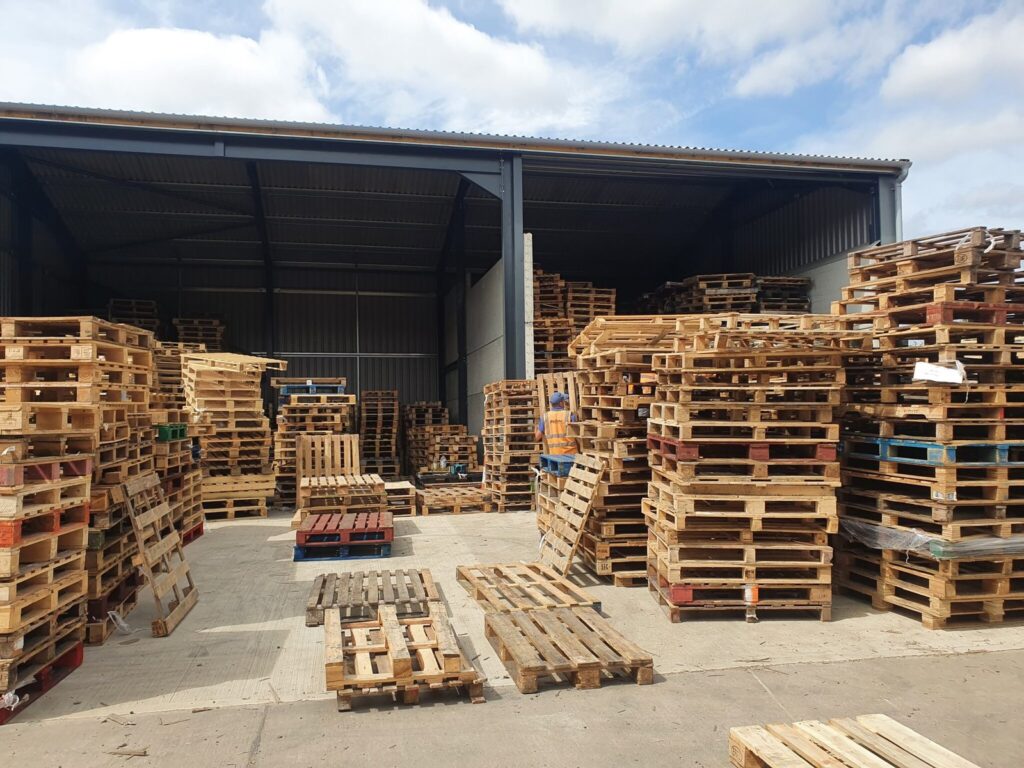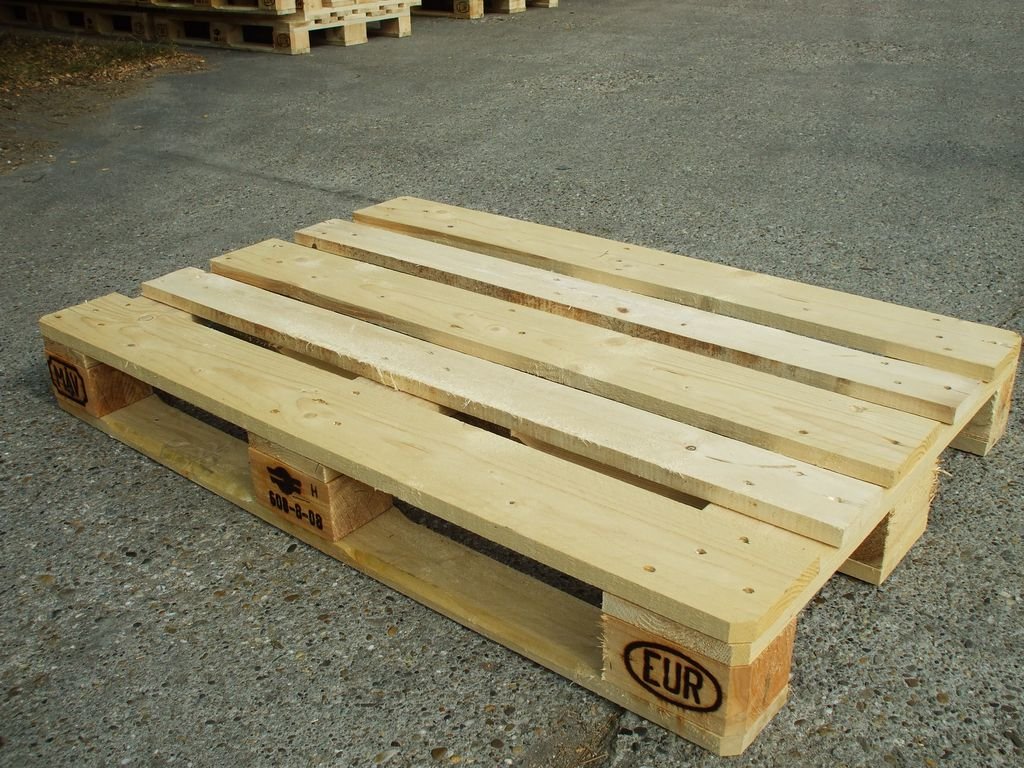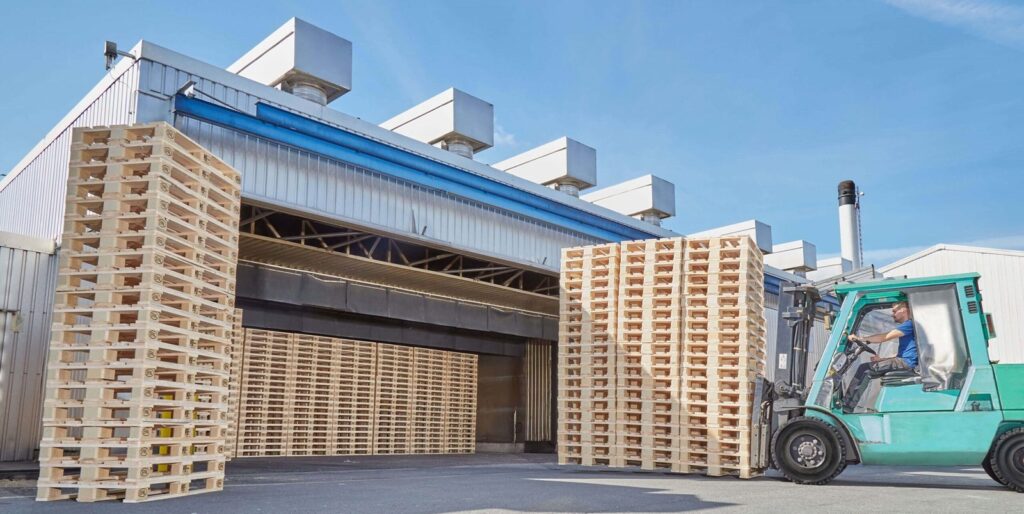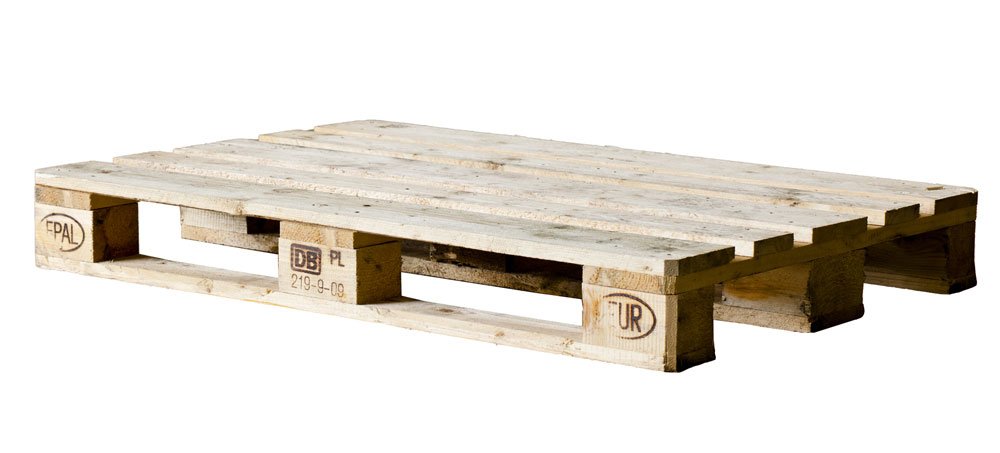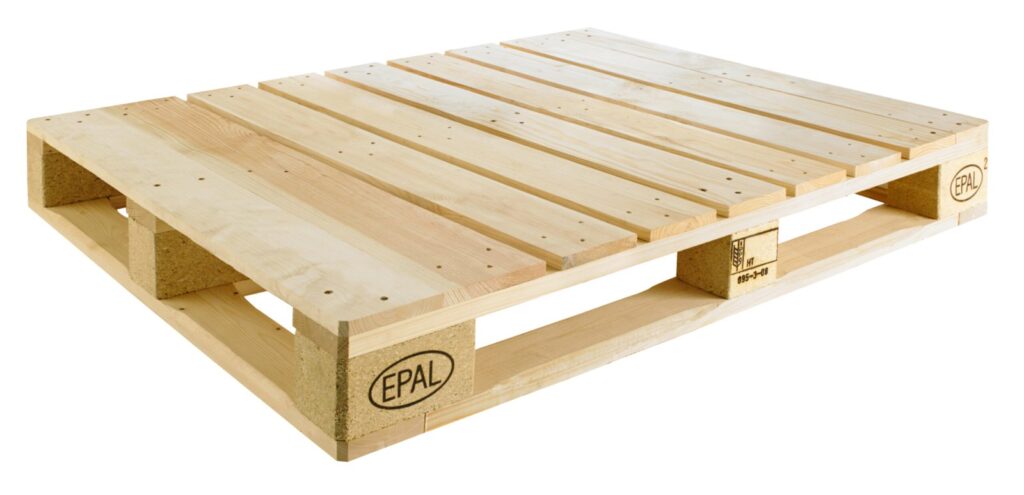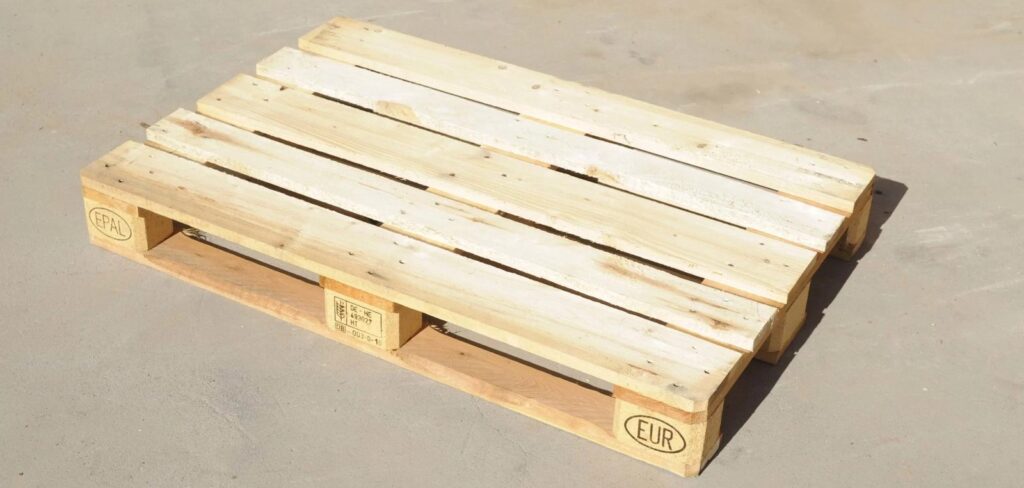Wooden pallets
Comprehensive Guide to Buying Wooden Pallets
Wooden pallets are indispensable in the logistics, manufacturing, and warehousing industries. Their versatility, durability, and eco-friendliness make them a preferred choice for transporting and storing goods. If you’re considering buying wooden pallets for your business or personal use, this comprehensive guide will provide you with all the information you need.
Table of Contents
-
Introduction to Wooden Pallets
-
Types of Wooden Pallets
-
Factors to Consider When Buying Wooden Pallets
-
Where to Buy Wooden Pallets
-
Costs and Pricing of Wooden Pallets
-
The Environmental Impact of Wooden Pallets
-
Maintenance and Care of Wooden Pallets
-
FAQs About Buying Wooden Pallets
1. Introduction to Wooden Pallets
Wooden pallets are flat, transportable platforms used to support goods during transportation and storage. They are crafted primarily from hardwoods or softwoods and are widely used due to their affordability and recyclability. These pallets play a crucial role in facilitating efficient handling and storage in supply chains.
2. Types of Wooden Pallets
Understanding the different types of wooden pallets is essential before making a purchase. Here are the main categories:
a. Stringer Pallets
-
Built using stringers, which are the boards running between the top and bottom deckboards.
-
Can be accessed with forklifts on two sides.
b. Block Pallets
c. Double-Faced Pallets
-
Have deck boards on both the top and bottom, making them more stable.
-
Ideal for heavy-duty applications.
d. Heat-Treated Pallets
-
Treated to prevent pest infestation, making them suitable for international shipping.
-
Comply with ISPM 15 regulations.
3. Factors to Consider When Buying Wooden Pallets
When selecting wooden pallets, consider these critical factors:
a. Size and Dimensions
-
Standard pallet dimensions are 48″ x 40″ in the United States, known as GMA pallets.
-
Ensure the size meets your specific transportation or storage requirements.
b. Weight Capacity
-
Consider the load-bearing capacity based on the goods you intend to transport or store.
-
Pallets typically support weights ranging from 1,000 to 3,000 pounds.
c. Quality and Condition
-
Decide between new, refurbished, or used pallets based on your budget and quality needs.
-
Inspect for damages, cracks, or missing boards if purchasing used pallets.
d. Material Type
-
Hardwood pallets are durable but heavier and more expensive.
-
Softwood pallets are lighter and cost-effective, suitable for one-time use.
e. Compliance and Certifications
-
For international shipping, ensure pallets are heat-treated and stamped with the ISPM 15 mark.
-
Verify other certifications based on industry requirements.
4. Where to Buy Wooden Pallets
Wooden pallets can be purchased from various sources, depending on your needs and volume:
a. Pallet Manufacturers
-
Provide new, custom-made pallets tailored to specific dimensions and load capacities.
-
Ideal for businesses needing high-quality or specialized pallets.
b. Pallet Recyclers
c. Online Marketplaces
-
Websites like Alibaba, eBay, and specialized pallet suppliers provide access to a wide range of options.
-
Ensure reliable shipping and quality checks.
d. Local Distributors
5. Costs and Pricing of Wooden Pallets
The cost of wooden pallets depends on several factors, including type, size, and quality. Here’s an overview:
-
New Pallets: $11 – $25 per unit (depending on size and material).
-
Refurbished Pallets: $5 – $10 per unit.
-
Custom Pallets: Pricing varies significantly based on specifications.
-
Bulk Discounts: Many suppliers offer discounts for large orders.
Factors affecting pricing include the cost of wood, treatment processes, and market demand.
6. The Environmental Impact of Wooden Pallets
Wooden pallets are eco-friendly compared to plastic alternatives. Here’s why:
-
Renewable Resource: Wood is a naturally renewable material.
-
Recyclability: Damaged pallets can be repaired, recycled, or repurposed.
-
Biodegradability: Wooden pallets decompose naturally, reducing landfill waste.
Sustainable Practices:
7. Maintenance and Care of Wooden Pallets
Proper maintenance prolongs the life of wooden pallets and ensures safety. Follow these tips:
-
Regular Inspection: Check for splinters, cracks, or broken boards.
-
Cleaning: Remove dirt and debris to prevent contamination.
-
Proper Storage: Store pallets in a dry, ventilated area to avoid moisture damage.
-
Repairs: Replace damaged boards or nails promptly to maintain structural integrity.
8. FAQs About Buying Wooden Pallets
Q1: What are the standard sizes of wooden pallets?
The most common size in the U.S. is 48″ x 40″, but other sizes are available based on regional and industry-specific requirements.
Q2: Are wooden pallets reusable?
Yes, wooden pallets can be reused multiple times with proper care and maintenance.
Q3: What is the difference between hardwood and softwood pallets?
-
Hardwood Pallets: More durable and suitable for heavy loads.
-
Softwood Pallets: Lighter and less expensive, ideal for one-time use.
Q4: Are wooden pallets safe for international shipping?
Yes, if they are heat-treated and comply with ISPM 15 regulations to prevent pest infestations.
Q5: Can wooden pallets be customized?
Yes, many manufacturers offer custom sizes and designs to meet specific needs.
Q6: What is the lifespan of a wooden pallet?
The lifespan varies based on usage and maintenance, typically ranging from 3 to 5 years.
Q7: Are used pallets a good option?
Used pallets are cost-effective and environmentally friendly but should be inspected for quality and safety.
Q8: How can I find affordable wooden pallets?
Consider purchasing from pallet recyclers or bulk suppliers to reduce costs.
Q9: What certifications should I look for?
For international shipping, look for the ISPM 15 heat treatment mark. FSC certification ensures sustainable sourcing.
Q10: How should I dispose of damaged pallets?
Recycle, repurpose, or donate damaged pallets to avoid landfill waste.
